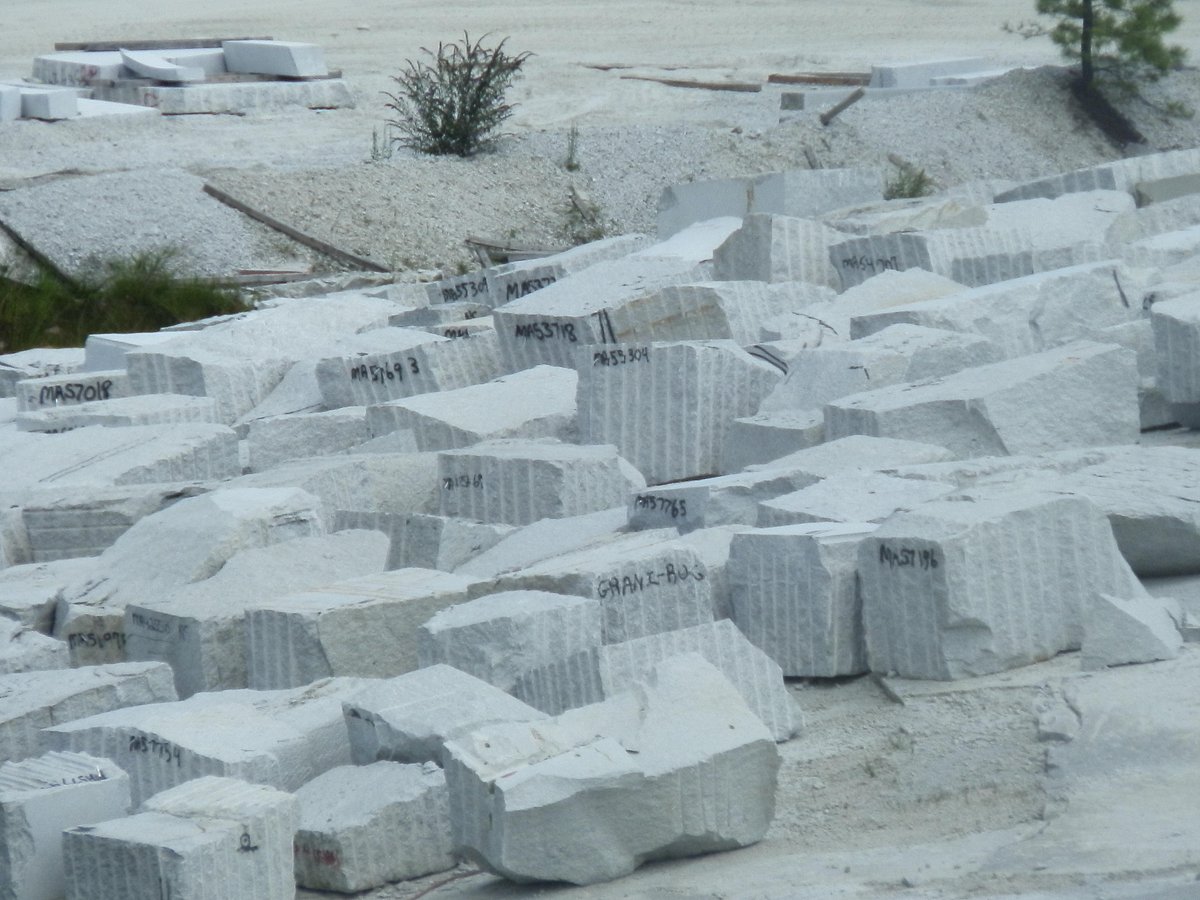Discovering Granite Quarries in South Africa: A Comprehensive Guide
Discovering Granite Quarries in South Africa: A Comprehensive Guide
Blog Article
Unveiling the Mysteries of Granite Quarrying: Where Stamina and Style Meet
The world of granite quarrying is a realm where the raw stamina of nature merges with human creativity to produce frameworks that stand the examination of time with an air of sophistication. From the midsts of quarries to the meticulous polishing in workshops, the procedure of changing granite into architectural wonders is an intricate dance of tradition and advancement. As we peer right into the midsts of this old craft, we begin to uncover the covert ins and outs that form the really significance of our constructed environment.
The Origins of Granite Quarrying
In the annals of architectural history, the origins of granite quarrying are shrouded in a tapestry of ancient craftsmanship and geological marvels. Dating back to ancient Egypt and Mesopotamia, the extraction of granite from quarries marked the beginning of a journey that would eventually lead to the creation of some of the world's most iconic structures.
Granite quarrying's origins can be mapped to the competent artisans who acknowledged the stone's toughness and visual allure. Through a combination of primitive tools and sheer determination, these early quarry workers unearthed granite blocks that would become the building blocks of civilizations.
As civilizations developed, so did the methods of quarrying granite. The Romans, renowned for their engineering prowess, created advanced approaches for removing granite to build monuments, temples, and roadways that stood the examination of time.
The legacy of these ancient quarrying techniques remains to shape modern architecture, with granite continuing to be an icon of stamina and elegance in construction tasks around the world. (granite quarries in south africa)
Tools of the Quarrying Profession
The development of granite quarrying techniques from old people to contemporary times highlights the crucial role played by the tools of the quarrying profession in forming the industry's techniques. In ancient times, quarrying devices were primary, commonly including knives, hammers, and wedges made from materials like bronze or iron. These devices needed significant workforce and time to extract granite obstructs from quarries.

Furthermore, the intro of pneumatic tools and high-powered machinery has substantially lowered the physical labor called for in quarrying procedures, boosting employee security and efficiency. As the quarrying market continues to innovate, the tools of the profession continue to be at the forefront of driving progress and forming the future of granite removal.
Removing Blocks of Granite
Using accuracy machinery and advanced techniques, the removal of granite obstructs from quarries has actually ended up address being an advanced process in the modern quarrying sector. The preliminary step involves recognizing the place and size of the granite down payment to establish the most efficient removal approach. When a suitable website is chosen, the extraction procedure begins with the drilling of openings for the placement of explosives. Regulated blasting techniques are after that utilized to disintegrate the granite right into workable areas.

Polishing and Completing Methods
To accomplish a remarkable surface on granite blocks, knowledgeable artisans utilize a collection of precise sprucing up and ending up techniques. After the first removal and shaping processes, the granite obstructs undergo a complete sprucing up phase to improve their all-natural beauty and toughness.
Along with polishing, completing methods are put on further refine the granite's look. These strategies might include flaming, developing, or brushing, each offering one-of-a-kind textures and finishes to fit various visual preferences. Flaming, for example, includes revealing the granite surface to high temperatures to produce a harsh, distinctive finish, ideal for outdoor applications where slip-resistance is necessary. Honing, on the other More Bonuses hand, supplies a matte surface that is smooth to the touch, excellent for interior kitchen counters and floor covering. By carefully selecting and applying these polishing and completing methods, craftsmens can change raw granite obstructs right into elegant items that display both toughness and style.

Ecological Impact and Sustainability
With the expanding emphasis on ecological consciousness in the sector, granite quarrying methods are progressively inspected for their influence on natural sources and long-term sustainability. Quarrying for granite can have considerable ecological implications. The removal procedure frequently entails the use of heavy equipment, nitroglycerins, and large quantities of water, leading to habitat devastation, dirt erosion, and water contamination. In addition, the transportation of granite from quarries to processing facilities creates carbon exhausts, even more adding to ecological destruction. granite quarries in south africa.
To minimize these influences and ensure sustainability in granite quarrying, industry stakeholders are look these up embracing different procedures. Applying advanced technologies to decrease energy usage and water usage, recovering quarried land for environmental repair, and promoting accountable sourcing methods are some methods being utilized. Moreover, accreditations such as the Forest Stewardship Council (FSC) and the Leadership in Energy and Environmental Design (LEED) help consumers identify environmentally pleasant granite items.
Conclusion
Finally, granite quarrying is a process that requires specialized devices and techniques to remove blocks of granite and polish them to a high degree of surface. While the environmental impact of quarrying can be considerable, efforts are being made to boost sustainability practices in the sector. Generally, granite quarrying is a delicate equilibrium between taking advantage of the stamina and style of this natural rock while lessening its effect on the setting.
Report this page